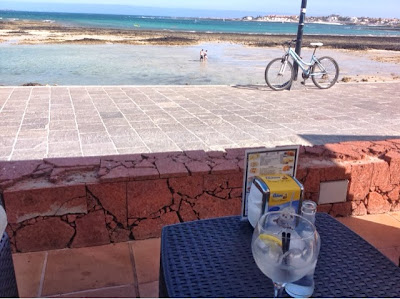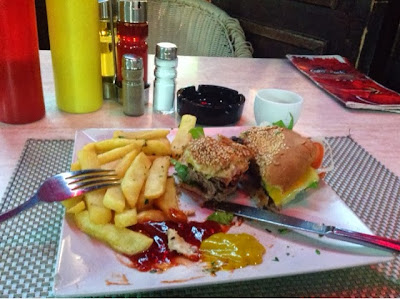Indeed, the workmanship on the Mark III carriages, hundreds of which are still in operation on high‑speed trains in Britain, is regarded in some quarters as the best there has ever been. Those in public use that have recently been refurbished are estimated to have another 30 years left in them.
 Prince Charles in 1953 and the Queen steps of the royal train at Euston station in 1970 (Rex)
Prince Charles in 1953 and the Queen steps of the royal train at Euston station in 1970 (Rex)
Coleman, whose father, Charlie, was the electrician on the previous royal train during the reign of George V, was selected to oversee a team of 30 to 40 tradesmen working on the new carriages, including the saloons that are still used by the Queen and the Duke of Edinburgh. He recalls the Queen playing an active role in the construction of her train, visiting the railway works – still the train’s home today – to inspect the carriages before it was presented to her to mark her Silver Jubilee tour of 1977. Coleman was then chosen to accompany the Queen on its inaugural journey overnight from London Euston to Glasgow – as well as several other trips across the country – in case anything went wrong.
“We had to be on board if there was anything the Queen wanted to talk to us about,” he remembers. “I was in the escort vehicle at the rear of the train with another project manager. Anywhere we went, all the different dignitaries were out on the platform, it was a real privilege to be part of [it].
“There were one or two occasions when I was summoned to the Queen,” he adds. “Nothing, luckily, went wrong, but on the second night she wanted something in her saloon changing.”
And little else has changed since then, it could be argued. Inside the carriages famed for their distinctive royal livery of claret with a red strip, the décor remains as austere as it was back in the Seventies. In fact, its 12-seater dining car, despite an array of monogrammed crystalware, would not look out of place in any budget hotel.
The Queen’s personal saloon and adjoining bathroom are modest and functional, with room only for a small desk and single bed, and pillows trimmed with lace are one of the few nods towards luxury. The Duke of Edinburgh’s saloon has a similar layout, plus a kitchen. Scottish landscapes by Roy Penny and Victorian prints of earlier rail journeys hang in both carriages, but the royal train is far from a palace on wheels.
Its appeal lies more in its exclusivity, perhaps. Aside from the Queen and the Duke, the Prince of Wales and the Duchess of Cornwall are the only members of the Royal family permitted to use the train, with their sleeping cars swapped in as required.
Yet such simple fixtures and fittings are a far cry from the grand style of the first royal train journey. On June 13, 1842, the engine Phlegethon, pulling the royal saloon and six other carriages, transported Queen Victoria from Slough to Paddington – accompanied on the footplate by Isambard Kingdom Brunel, as the foremost engineer of his day.
“We arrived here yesterday morn having come here by the rail-road from Windsor in half an hour free from dust and crowd and heat,” she wrote in a letter to her uncle King Leopold of Belgium soon afterwards. “I am quite charmed by it.”
She was likely charmed further when, in 1869, the London and North Western Railway presented her with a luxurious pair of six-wheeled saloons. The main compartment was upholstered in quilted blue and gold silk, and the toilet decorated with the finest blue silk brocade.
Victoria’s successor, Edward VII, was presented with a new royal train to celebrate his accession in 1901. Decked out with gadgets, including electric cigarette lighters as well as Moroccan leather seating and drinks decanters, his saloon resembled a mobile gentleman’s club.
With the advent of the Great War, the royal train became a more utilitarian beast. George V used it to tour the country inspecting troops, factories and field hospitals – albeit in some luxury. During the Second World War, it was fitted with new armour-plated carriages and used as a vital means of transport. Records show that in May 1942, George VI and Queen Elizabeth travelled from Paddington to Penzance, Falmouth, Liskeard, Plymouth, Totnes, Kingswear, Exeter and back to Windsor over the course of three days.
The security role of the royal train is similarly important today, says Bob Gwynne, assistant curator of rail vehicles at the National Railway Museum in York.
“People underestimate the effectiveness, in security terms, of the royal train,” he says. “Can you imagine always trying to get a motorcade up the M1? Japan still has a royal train, the Danes, too. The Dutch have a royal carriage. Heads of state have had special trains for a long time. It’s a very foundation of any state, to get them around the country.”
The royal train can also be used for on-board meetings – the Prince of Wales used it as a mobile office on a week-long tour of Britain in 2010 – while its Royal Class 67 diesel locomotives, 67005 Queen’s Messenger and 67006 Royal Sovereign, are put to work across the network when not required.
But, in the modern age, the cost of the royal train has soared. As Sir Alan’s accounts show, it now takes up to £1 million per year to run, making it twice as expensive as air travel. Last year, a one-way trip between Windsor and York made by the Queen and the Duke of Edinburgh cost £20,221.
Phil Marsh, who has worked on the railways for the past 40 years – and last month published a book on Wolverton to coincide with the 175th anniversary of the world’s oldest railway works – says Sir Alan’s comments are only the latest threat. Indeed, in 1997, while working as marketing manager for Railtrack, Marsh says he was appointed to prepare a business case to privatise the royal train, but “skewed” the figures to put off would-be buyers, as nobody wanted to sell it off. “People within the railways want to keep it,” he says, “the passengers want to keep it as well.”
Today, in a world where steam no longer curls over train platforms and our railway network has been hacked back and over-stuffed with commuters, the royal train can still transport us to a better era of travel. The stations it chugs past are spotless and brimming with fresh flowers, while crowds of well‑wishers form wherever it stops.
And, crucially, those who know her best say there is life in the old girl yet. So put those bloomers away, Sir Alan – we have not yet reached the end of the line.

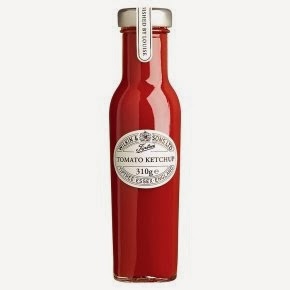



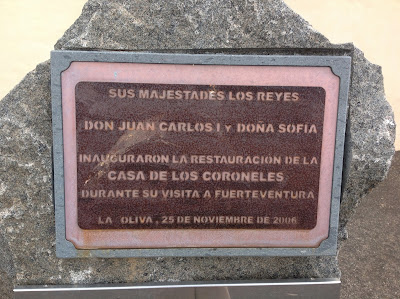

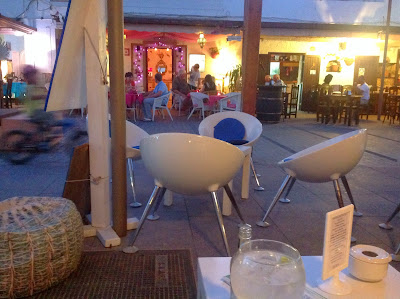
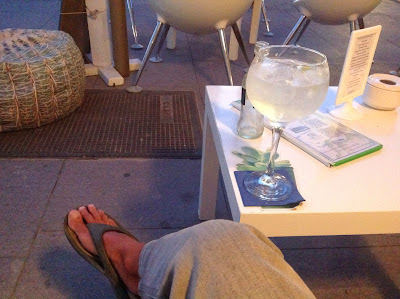
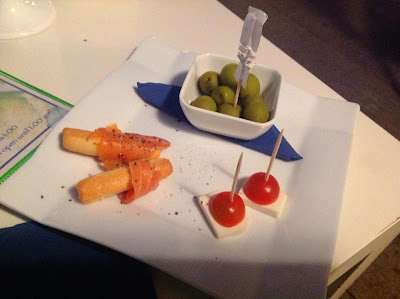








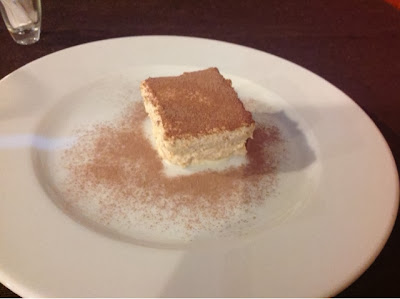







 The Queen attends to some paperwork while travelling on the royal train (PA)
The Queen attends to some paperwork while travelling on the royal train (PA) Prince Charles in 1953 and the Queen steps of the royal train at Euston station in 1970 (Rex)
Prince Charles in 1953 and the Queen steps of the royal train at Euston station in 1970 (Rex)


